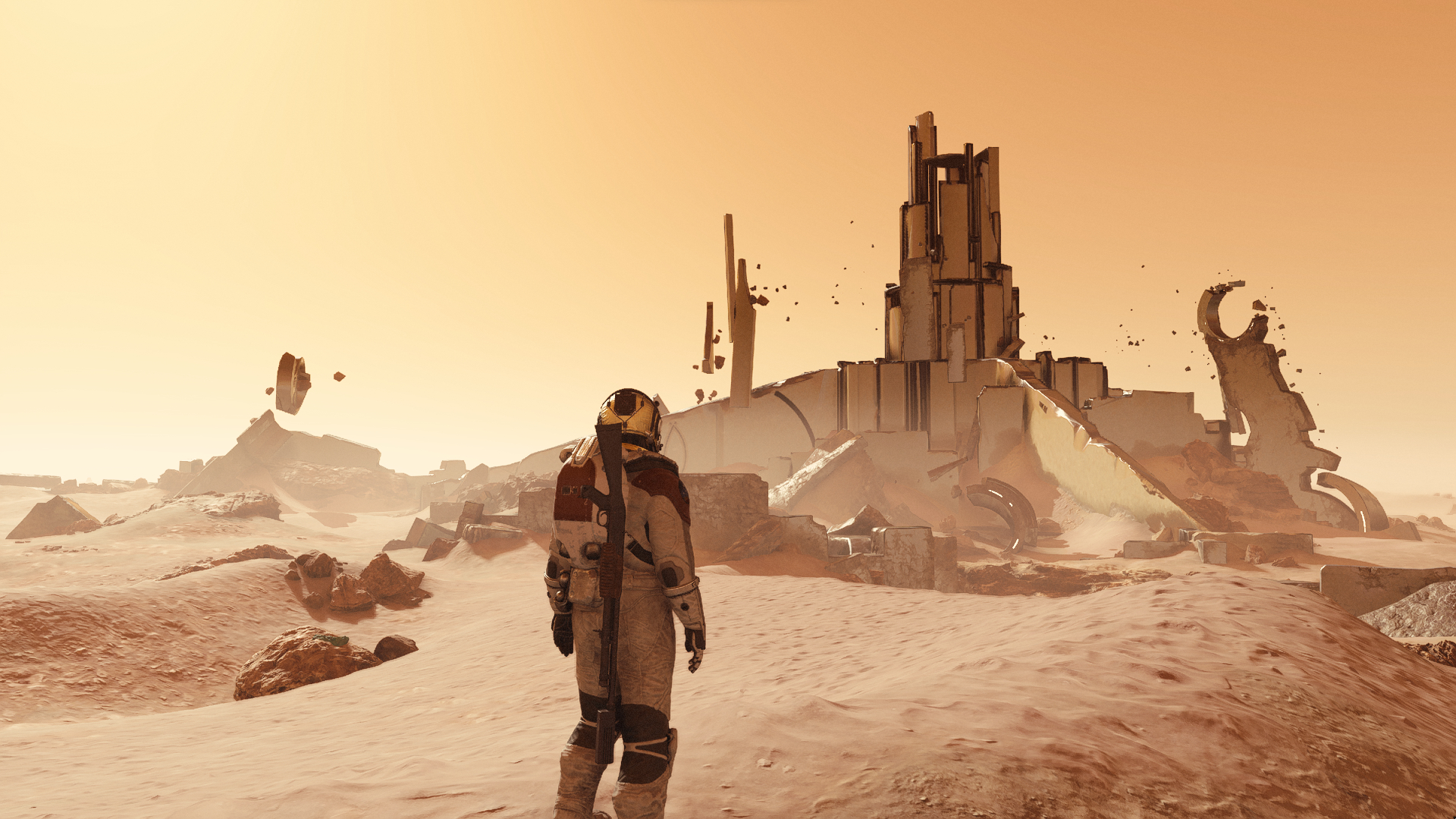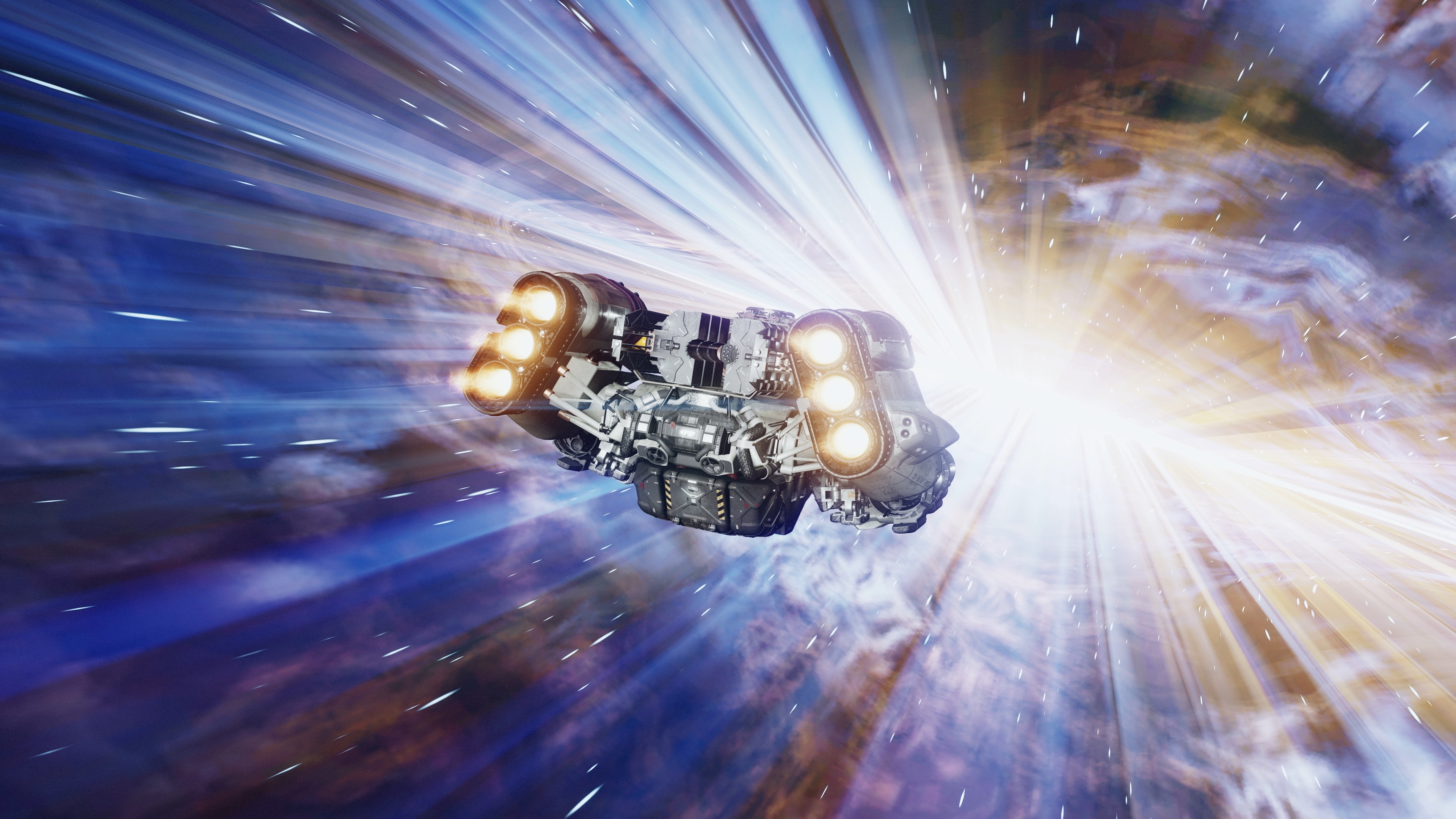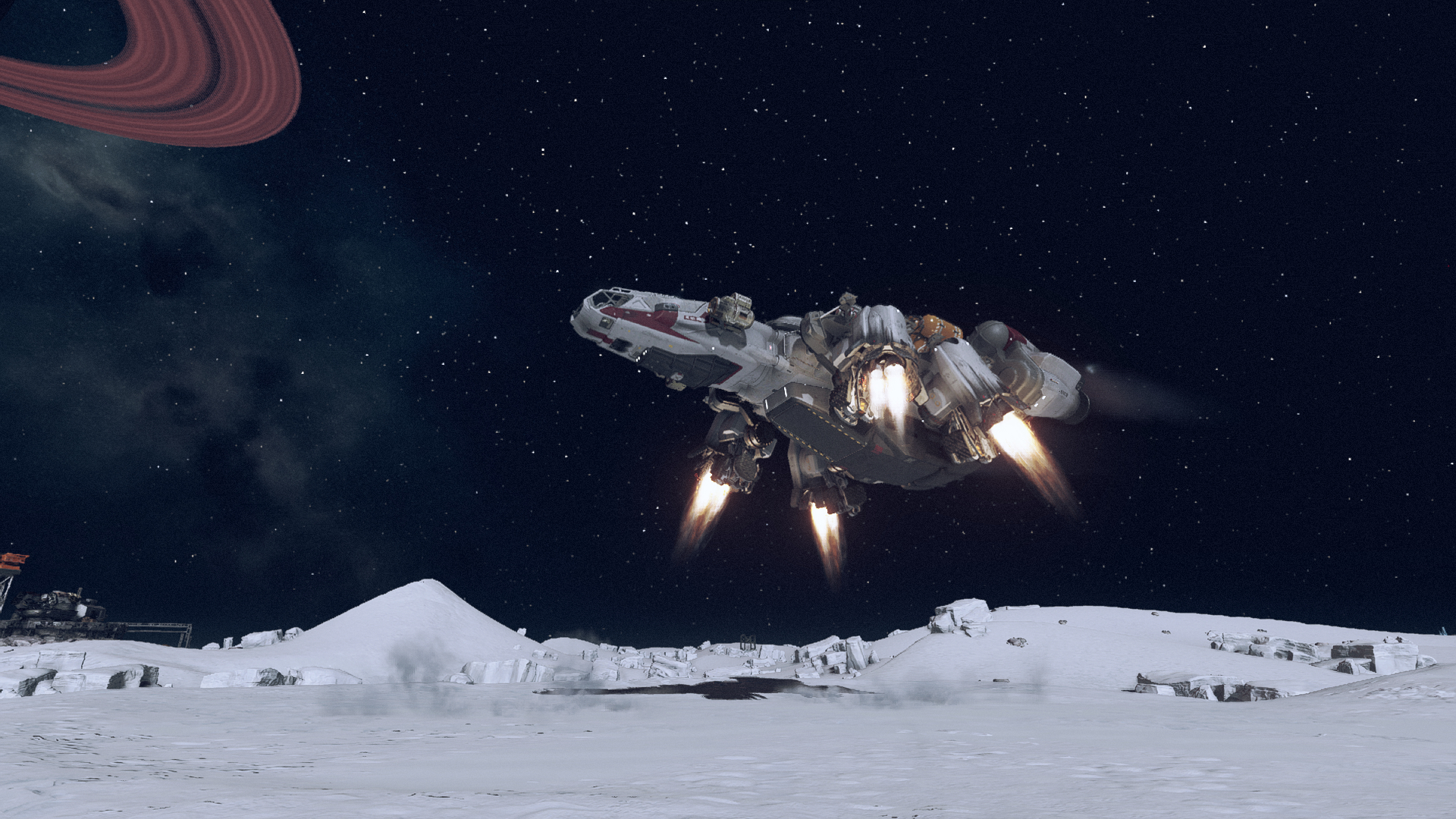Starfield showed me the best — and worst — parts of cloud gaming
Starfield runs really well from the cloud, but it's far from perfect

I’ve never really gotten into Xbox Game Pass, because my lack of free time makes it hard to justify paying for a gaming subscription service. And if $10 a month never felt worth it, $15 for Game Pass Ultimate sure as heck wasn’t on my to-do list. So I’ve never really given cloud gaming a fair shot.
The arrival of Starfield changed things somewhat. I didn’t plan on buying the game, given its size, $70 price tag, a hefty backlog and the release of Spider-Man 2 only a stone’s throw away. But having acquired a free month of Game Pass Ultimate, I decided it would be worth giving it a shot. Especially since God of War Ragnarok is proving a little too frustrating for my loot-obsessed brain to deal with right now.
It turns out Starfield is the perfect example of how cloud gaming can work really well, but also some of the pitfalls of trying to stream such a big (and popular) game. But regardless of how it played, the whole experience proved that the cloud isn't really for me.
My first Starfield cloud gaming experience was a disaster

The first couple of times I tried to load up a Starfield stream, things didn’t go so well. Mainly because there were so many people playing at that specific moment, I had to wait for a good 10 minutes before the title screen even appeared on my phone. Then again, if I’d purchased the game and attempted to download, or play from a disc, I’d have to wait at least that long before I was able to physically play the first time.
Of course, having it happen the second and third times I tried to play didn’t really help matters. This was the point where the countdown bar just straight-up stopped moving, and frustration kicked in. I gave up failing at Surtur’s Gauntlet to sit and watch a screen with an ugly green rocket ship pretending to fly.
Once I started playing through the tutorial mission, things weren’t so bad. The game was running from a server, straight to my phone, without any discernible lag or graphical issues. Of course, the tutorial mine is very self-contained and not the most interesting place to be, so when I finally got outside, things started to go wrong.
Starfield just plain started going wrong, visually. The latency wasn’t a problem, as far as I could see, so my movements were being relayed to the server correctly. It’s just the graphics couldn’t keep up. Fighting off pirates when you have blotches of lost textures stuck in the middle of the screen, while the screen is visibly refreshing down the street to try and catch everything up, is not particularly easy.
However, it wasn’t until I got into space for the first time that the game became nigh-unplayable. Fighting pirates on the surface with shoddy visuals is one thing, but it gets even harder then you suddenly have 360-degrees of maneuverability to contend with. It was at this point, after realizing I had better things to do than be blown up, that I gave the game a break.
After that things were… not so bad. Switching between remote play and cloud gaming has been causing some confusion with synced save data, but sticking with a single gameplay method should keep you from panicking at the prospect of lost progress.
Starfield runs surprisingly great on the cloud (most of the time)

After that first turbulent day, Starfield has been running pretty smoothly. I suspect that my initial concerns were down to the sheer number of people trying to play the game at once — as shown by the 10-minute wait. The fact that minor problems seem to be exacerbated when the game had a 3-minute wait time would back that assumption up.
It’s not been perfect, and there have been a few cases of minor glitches or the analogue stick overshooting and ruining my sneak attack, but these are all issues I’ve experienced during remote play sessions with my Xbox Series X was sitting in the next room.
It’s actually pretty shocking just how good Starfield looks and performs when you’re playing on the cloud, particularly if you’re navigating the never-ending reaches of space or some desolate planet.
In fact, the only other time I’ve run into a serious problem is coming across one of the classic Bethesda glitches trying to enter a gun store for a quest. Long-time gamers will know it all too well: the loading screen straight-up freezes and forces you to quit and try again. In a weird twist, it only affected the local version of the game, rather than the one in the cloud.
Of course, the obvious downside to cloud streaming this way is that I’m using a smartphone, which is not as high quality as my TV. It’s QHD, rather than 4K, and is significantly smaller which can make some of the text a little more awkward to read. This isn’t a game made for Nintendo Switch, after all, where it’s expected that people might be playing on a smaller display.
It’s still fun to play, though, and in the absence of a big screen you can still get that Starfield experience on the smaller screen. Considering I’ve spent most of my time running around doing random tasks for the many NPCs, it’s pretty clear Bethesda isn’t deviating from its usual formula anytime soon. Not that I’m complaining, just that I’d wish the developers would hurry up and get to work on Elder Scrolls 6.
I get it. Space is mind-bogglingly big, and that means Starfield took a long time to make and do justice to the open-galaxy experience. But that doesn’t mean I don’t want to return to Tamriel in a game I haven’t already played to death.
I’m not likely to stick with cloud gaming in future

As impressive as this stint in Starfield has been at showing me how well cloud gaming can work, I’m probably not going to carry on beyond the end of my free trial. I can see the appeal if you don’t have an Xbox, or you have an Xbox Series S with limited storage space.
Starfield on PC is proving to be rather demanding, and the Xbox version needs over 100GB of storage space. With both those things in mind, it makes running the game from a cloud server seem a little more appealing. But I don’t play on PC, and I’ve just managed to upgrade the storage on my Series X for a fairly reasonable price.
The only tangible benefit to playing from the cloud is that I don’t need to get up and open the door to the unit that houses my Series X console — to ensure proper ventilation and avoid heat build-up. Doing that only takes about 30 seconds of my life, and it means I can access the game right away with zero risk of being made to wait several minutes waiting for my turn to access the cloud. The trade-off certainly isn't worth $15 a month.
That will mean I need to buy a copy of Starfield at some point in the future, but I’m happy to do that anyway. Just not right now, because it would be a waste of money. I’m already committed to playing Spider-Man 2 at launch, which is less than a month away.
Plus with another Prime Day sale and Black Friday season on the way, I’m going to see if I can find a physical copy at a discount. It might be a little too close to launch for any substantial savings, but there’s nothing wrong with a little bit of hope — no matter how minute it may be.
More from Tom's Guide
Sign up to get the BEST of Tom's Guide direct to your inbox.
Get instant access to breaking news, the hottest reviews, great deals and helpful tips.

Tom is the Tom's Guide's UK Phones Editor, tackling the latest smartphone news and vocally expressing his opinions about upcoming features or changes. It's long way from his days as editor of Gizmodo UK, when pretty much everything was on the table. He’s usually found trying to squeeze another giant Lego set onto the shelf, draining very large cups of coffee, or complaining about how terrible his Smart TV is.
-
vikingvista What you experienced (degraded graphics without lag) is not cloud gaming per se, but Game Pass cloud gaming. In fact, the first couple years of Game Pass cloud gaming the graphics degredation and severe clumpy pixelation was such that it *usually* was not playable. Now, it is much better, but still usually noticeable.Reply
Geforcenow and Stadia (now discontinued) never had that problem. You can now stream Starfield within Geforcenow using your GamePass account, and it works much better, essentially like playing local if you meet the recommended network specs.
I don't know why GamePass struggles with this so many years after it was perfected by other companies. Maybe it has to do with Gamepass streaming from Xboxes, rather than PCs as Geforcenow does. Or maybe it is related to heavier network congestion with GamePass. But other than incessant sign-in screens, I've rarely had any ussue with Geforcenow (I've only tried 1080p), and I never had a problem with single player Stadia.
